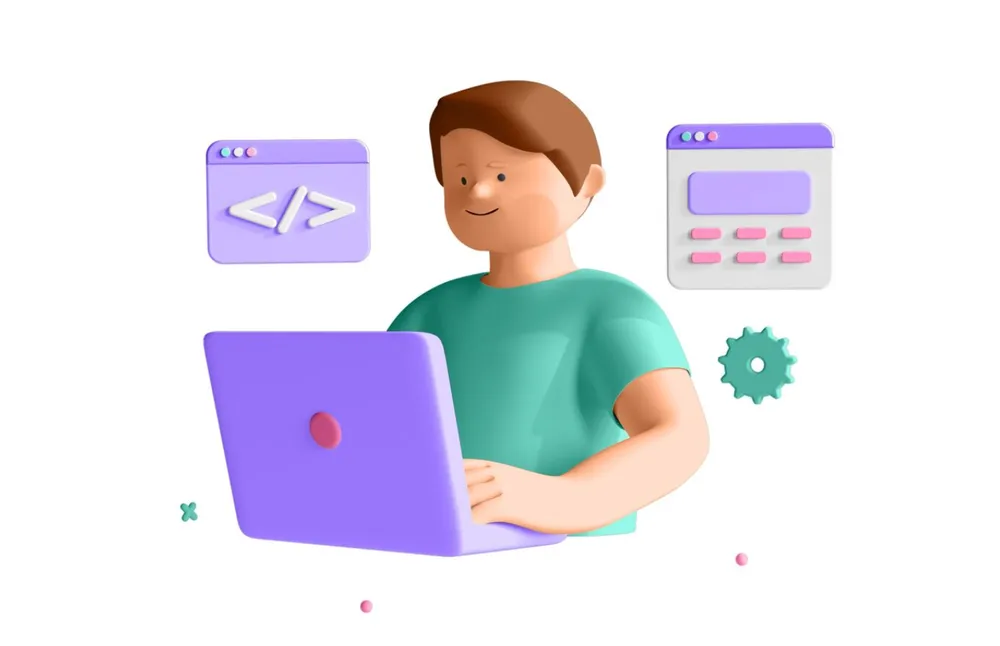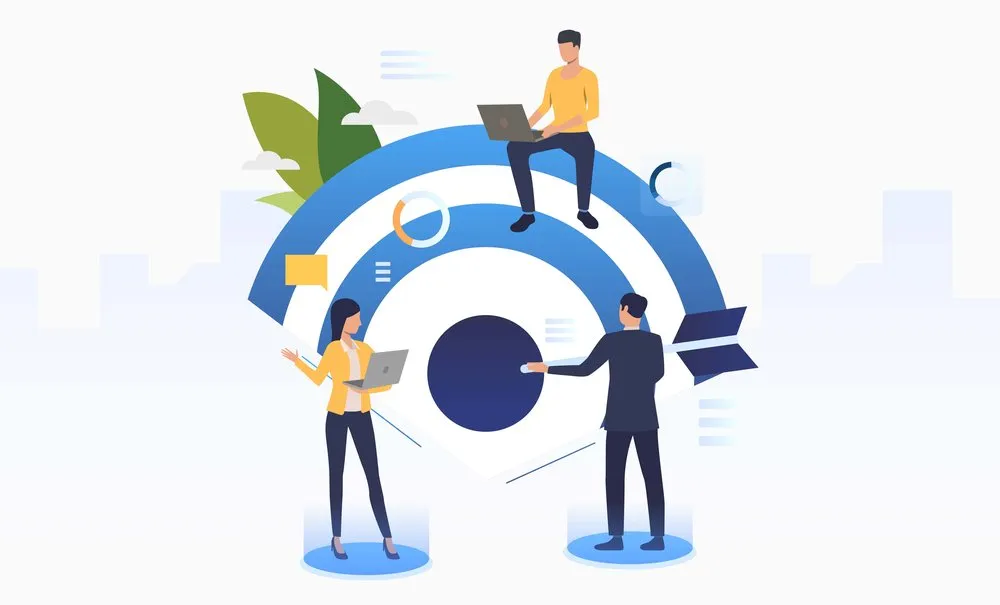
Mahesh, a diligent sales representative working with one of the renowned Indian pharmaceutical companies, is working hard to meet his sales quota by adhering to his assigned call plan. He makes about 9-12 calls per day, but with increased doctor access restrictions, many of these calls follow the script below.
Mahesh: Hello, Sir! How are you?
Doctor: Hi Mahesh, I am very busy right now. Let’s plan to catch up some other time. BTW, is there anything ‘new’ that you would like to share with me in a few seconds?
Mahesh: Nothing new, sir. Just wanted to share drug details with you.
Doctor: Ok. I am sure I’ll be able to get that information from the website of your organization. Thank you!
Mahesh: Thank you, sir! Have a wonderful day!!
To many of us, who are aware of the pharma sales cycle, where every minute with a doctor is a huge opportunity, this may look like an opportunity lost, and the blame goes to Mahesh. The natural question is, “Oh! Why did he give it up? Why couldn’t he engage the doctor when the doctor asked if he has something new? After all he is a sales guy and should know the tactics to sell”. Is he proactively preparing for the call by learning from his past interaction with the doctor and tailoring his pitch to accommodate customers’ specific needs and preferences? Does he plan for the list of questions that should be asked to help him better understand the customer profile and build an emotional connection with him?
This is not just a one-off case; a whooping majority of sales reps in India are not able to capitalize on the opportunities and convert it into relationships resulting in more prescriptions, and this is a worrisome trend.
On the oust, it seems Mahesh could have done something different and is failing to take advantage of a favourable situation. From his point of view, at the end of the day, he has the option of telling his front-line manager that the doctor didn’t have time, and it still counts for a call. However, various factors working in the synergy lead to these kinds of missed opportunities (a large part of the blame goes to the organization itself as well), and it's worrisome because of the sheer scale at which this is happening.
Some of the major factors that are leading to a lack of emotional connections and missed opportunities:
1. The Digital age: with almost all the information going digital, doctors are now equipped to pull the information they need on the internet, and with smart devices, this becomes even easier. This leads to doctors saying NO to meeting sales reps, and eventually, with sales reps not having any new information to share on an ongoing basis, results in this “NO” becomes a regular feature with a negligible emotional connection with the doctor. At times, even when they agree to meet, doctors know that they can pull the general information on their smart devices.
2. The Performance push: every sales rep has a target to meet, and they rely more on the traditional call approach without a support ecosystem from the organization side. Many times sales incentives for medical representatives are qualified based on adherence to their aggressive call plans so they take an easy route wherever they can and log their call in with the status as “the doctor was busy”. Qualification based on adherence to the calling plan essentially shifts the focus from the quality of the call to the count.
3. The Skill Gap: While a significant effort has been made by many organizations to train their field force, the impact has not been significant. There are three primary reasons for the same, i.e. the content, the approach and the mindset.
- Content: The content that is currently being used in the market to train the field force is largely esoteric and non-contextual in most parts. So, that means the learner is not able to take the learnings from the classroom to their day-to-day life. The session on learning and development does focus on ‘what to do better’ but a lot less focus on ‘how to change’ to be able to do better. Thus, the learnings dwindle away over a period, and based on Hermann Ebbinghaus's research on the forgetting curve, only about 10-20% of it sticks with a few after 30 days of the learning session.
- Approach: There are two predominant approaches in imparting skills to the field force and sometimes a mix of them is also used. One is the Push approach, where training sessions are conducted in a classroom setting. The challenge with this approach is closely linked to the first point: the content and forgetting curve lead to ineffective learning adoption. Since there is no re-instating of the practical application of the concepts taught, learning fades away. The second approach is technology-assisted learning, and I would call it pull-based learning. This is where the learning videos are made available online for sales reps to access on their device. This kind of learning requires a lot of self-motivation and a huge behaviour change in the Indian population to pull the content online and learn. The time crunch and lack of understanding of the importance of training leads to failed adoption of learning
- Mindset: This is linked to the second point where the mindset of a large population of medical representatives is to complete the call and move on to the next one vs the quality of the call (both due to prevalent culture and lack of supporting training ecosystem). There is also a kind of pessimism that has been developing over time due to rejections by doctors to meet and a casual touch point. Also, one of the mindsets is that if we have gifted a doctor with free samples, we have won over her or him to write our prescription. These mindsets act as a mental block for continuous improvement and lead to the failure of the learning programs in place.
4. Ineffective frontline managers: the front-line managers in the Indian context are those medical representatives who were star performers, and with tenure and performance based on goal attainment, they get promoted to be the first-line managers. Yes, the experience at the ground level counts. However, the frontline manager role demands a lot more than just being a good medical representative. Based on the activities, the frontline manager’s role demands them to deliver effective leadership to create a motivated field force under them, effective task management for playing a broader role of that of a manager, coaching and mentoring their reporting representatives and client engagement role (primarily for key opinion influencers) to ensure execution of the business strategy on the ground. Unfortunately, these require developing the skillset, mindset and toolset, and the current programs to develop frontline managers have not proven effective.
5. Lack of the job, Coaching skills: Most of the FLMs assume that ‘telling’ is ‘coaching’. Hence, often they would give the feedback that they told the Salesperson about something. Mostly, it sounds like a fault-finding exercise. We can't entirely blame the FLMs as they are neither trained when promoted nor coached by their reporting managers. Also, undue pressure of PUSH approach to performance, they have less inclination towards ‘on the job’ coaching. So, the joint field work tends to become a ritual, monotonous and with no significant value addition towards developing the salesperson.
The problem seems to be huge, but there is hope for a solution. Instead of addressing the individual problem one by one, there is a need for a consolidated effort where effective use of learning, data, and psychological principles of memory enabled by the technology can be used to up the game of the salesforce.
Platform to gather field intelligence
The first step towards building a credible ecosystem is to provide a platform for health information exchange and increased collaboration between headquarters and feet-on-street field representatives. Often, data collection and analytics are functions of the headquarters where they either use in-house secondary data sources or third-party data sources to perform analysis, share market insights and create an action plan for the field representatives without direct involvement from the salesforce. Once the field receives the information, they distrust the data due to sometimes perceived / sometimes real reasons resulting in hesitation to take any relevant actions. In such scenarios, the best practice is to develop and deploy a platform to gather field intelligence and acknowledge the wisdom of the feet on the street. This not only provides credibility to the whole exercise but also helps in collecting nuggets of information based on specific interactions or customer preferences (marketing channel preferences, sample needs, preferred level and type of information etc.), which can support the design and development of realistic, actionable plans resulting in:
- Better operational efficiency
- Improved customer relationship
- Greater sales success
- Enhanced salesforce engagement
Currently, Indian pharmaceutical companies hope to get through this need with the use of CRM systems, but field representatives see that more as an administrative burden rather than something empowering and engaging.
Training & Development
Several crucial elements should be part of a comprehensive sales coaching model.
- Competency Model – which acts as a guide and essentially includes more details about cultural aspects, sales tactic framework, use of supporting ecosystem and being a great organizational citizen in general. This should clearly highlight expectations from individual representatives and what it would require for them to move to the next level in addition to sales success. Sales should be an important parameter but should not be the only parameter.
- Training Program – a comprehensive system to set medical representatives up for long-term success. This should be a combination of classroom training (push methodology), technology-enabled content and videos (pull methodology), interactive/mock activities for a better understanding of information (gamification) and technology-enabled timely information push for improved retention of information.
- Buddy System – an opportunity provided to senior and top sales representatives (after sustained performance delivery) to showcase managerial talent in a more constrained environment. The average performer observes the top performer during the buddy ride and vice versa, where the top performer gets to share his/her feedback with the buddy in the presence of the frontline manager. In some rides, the frontline managers can also be present along with buddies and later provide feedback to the top performer on how to coach in certain specific situations. These setting up of mock managerial challenges upfront in a constrained environment can help organizations prepare top performers for success once they move into a new role.
- Management by qualitative objectives – set SMART (specific, measurable, achievable, result-oriented, and time-bound) objectives to drive the right behaviour and align to broader corporate objectives. Define effective scale, which can help differentiate performance based on refined objectives with tangible and measurable activity parameters. Establish a support structure to help medical representatives accomplish their individual objectives.
- Coaching and discussions with their frontline managers
- Buddy system
- Early feedback for course correction
- Other support channels to reinforce their activities, events and messages
Performance Tracking
In addition to building a credible platform, it’s also important to make their sales performance information available timely using reports and dashboards. This helps field representatives have visibility into their productivity metrics (based on past performance) and allows for course correction if required. Access to performance what-if calculators helps them view different scenarios and motivates them to develop an action plan for the short-term future.
Coaching must be a part of the KRAs in helping managers to improve their performance.
With Indian pharma on the aggressive path to becoming one of the largest markets of size $ 55 billion by 2020, the key players of its value chain, the sales reps and front-line managers, need to evolve to be more relevant in their roles. It seems possible only with a conglomeration of Technology to bring about accountability and context-based learning, and the providers are also ready.
The million-dollar question is, are the decision-makers listening?











